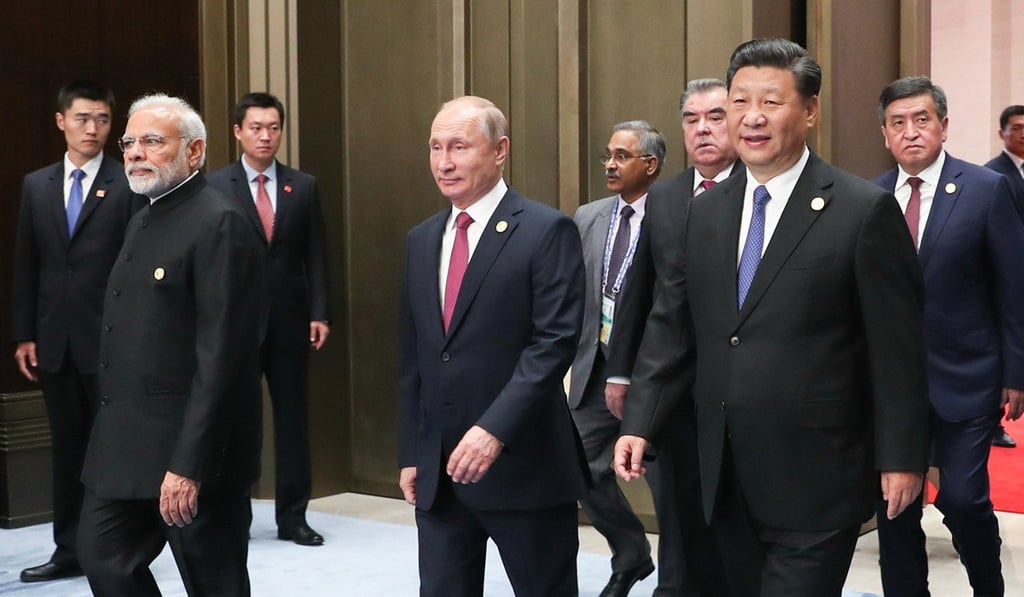Advertisement
Opinion | Can China and India salvage their relationship ‘reset’ at this week’s ‘other summit’ with Russia?
- Away from the media spotlight of the Trump-Kim summit in Hanoi, another meeting is taking place – one that’s less well-known, but equally significant
Reading Time:4 minutes
Why you can trust SCMP

All eyes will be on Hanoi on Wednesday for the second summit between US President Donald Trump and North Korean leader Kim Jong-un. But 2,000km away in a quiet “water town” in China, another meeting will be taking place – one that is less well-known, but equally significant.
This other summit in Wuzhen, Zhejiang province, will feature the foreign ministers of Russia, India and China (RIC) – a grouping that has been long dormant, but is now becoming increasingly relevant.

Advertisement
It was only on November 30 that the leaders of the three countries had their first trilateral meeting in 12 years on the sidelines of the G20 summit in Buenos Aires. Over the preceding eight months, Indian Prime Minister Narendra Modi had been to both Wuhan and Sochi for “informal summits” with Chinese President Xi Jinping – touted as a relationship “reset” – and Russian President Vladimir Putin, respectively.
Traditionally, the China-India relationship has been the weakest of the three and the biggest obstacle to the RIC grouping’s effectiveness. While economic and strategic ties between Beijing and Moscow only look to have deepened in recent years as the two gravitate towards each other in the face of growing global uncertainty, Russia also remains a long-standing and trusted defence partner for India.
Why India’s expanding military ties with the US and Russia could put the squeeze on China
New Delhi and Beijing, on the other hand, have a more troubled past – though the recent thaw in relations has helped inject new life into the trilateral grouping, especially at a time when India is seeking to exert itself more on the world stage and dispel notions that it is falling into America’s orbit.
Advertisement
Select Voice
Choose your listening speed
Get through articles 2x faster
1.25x
250 WPM
Slow
Average
Fast
1.25x
